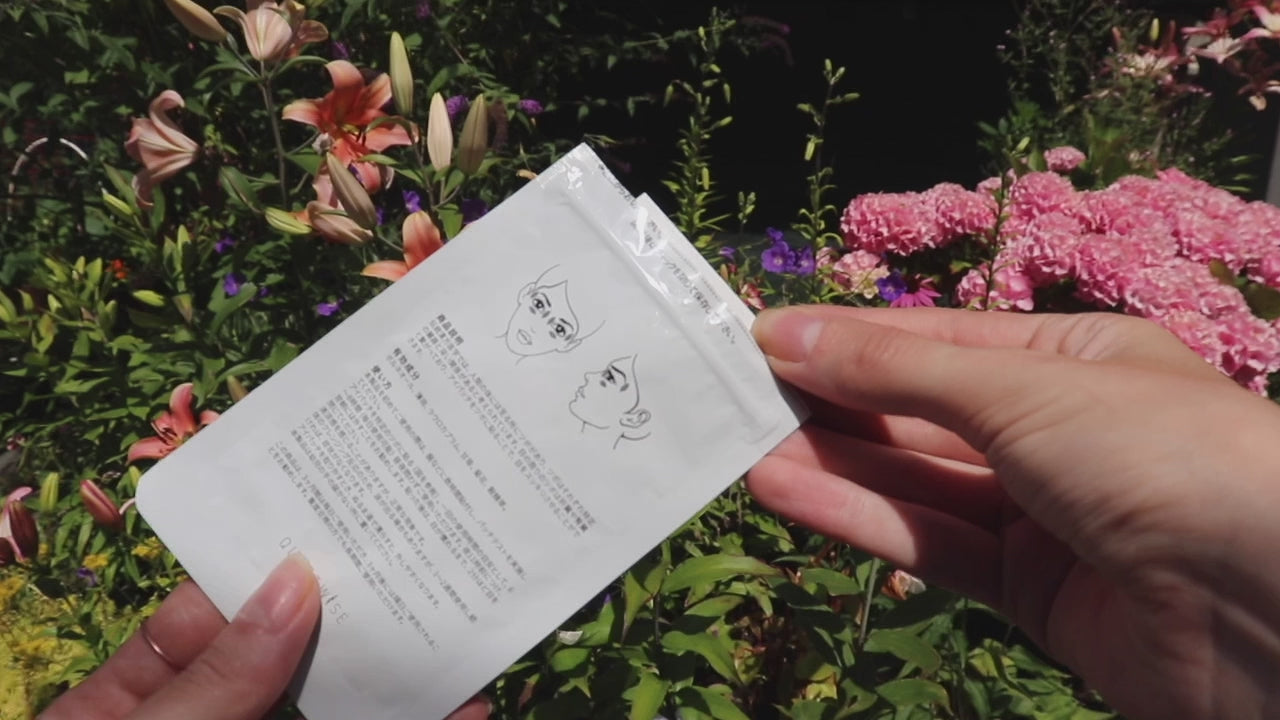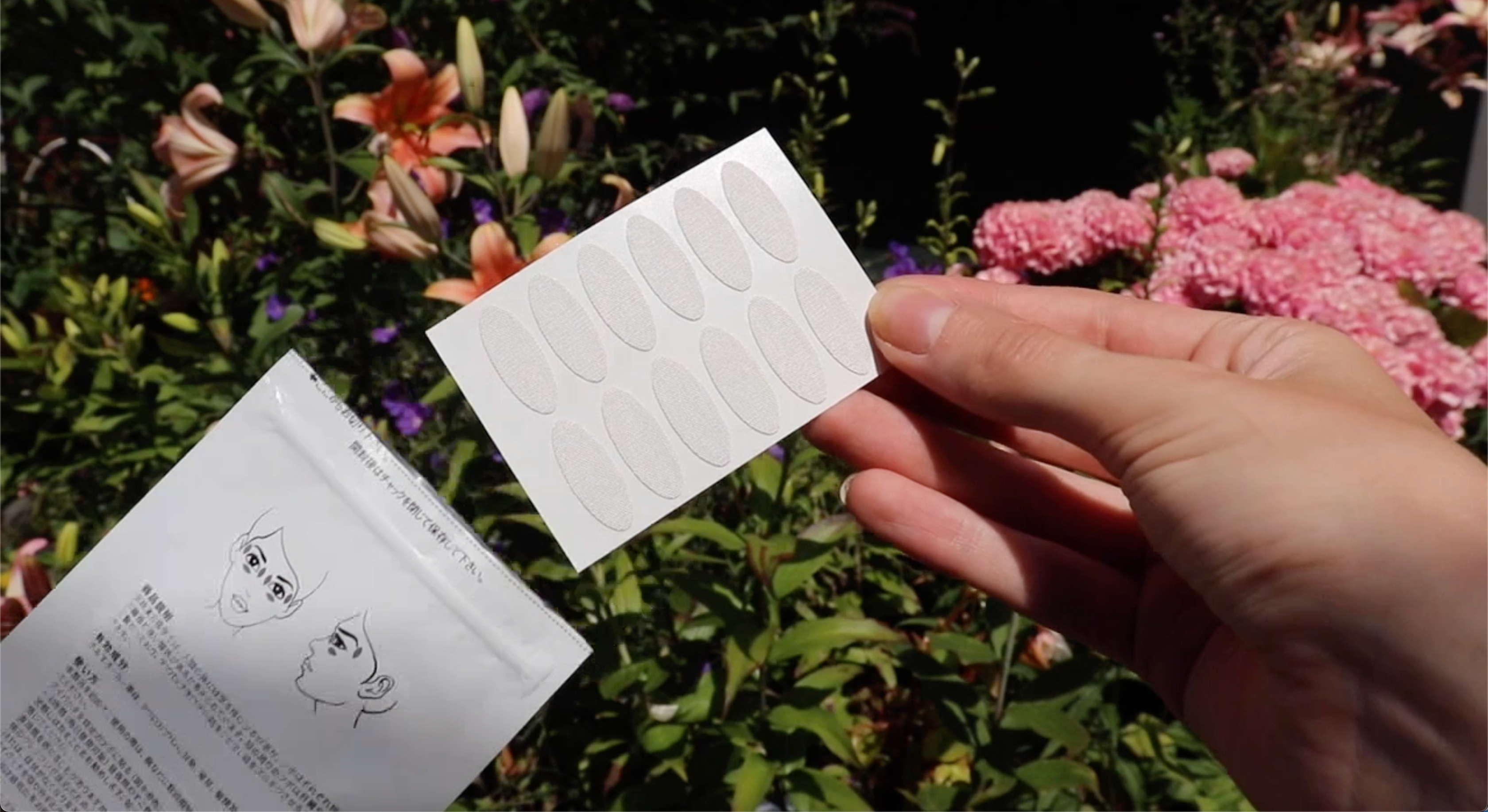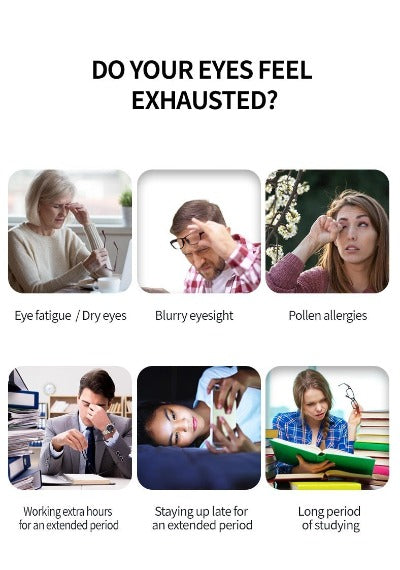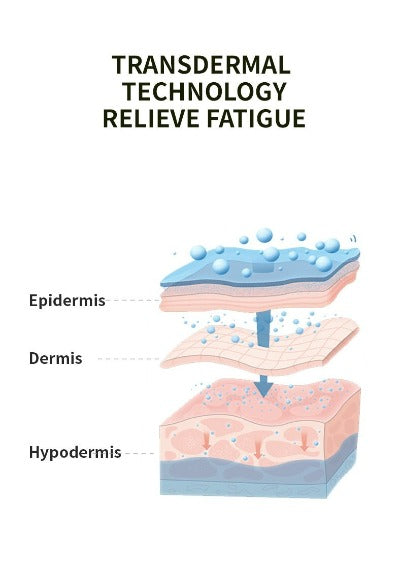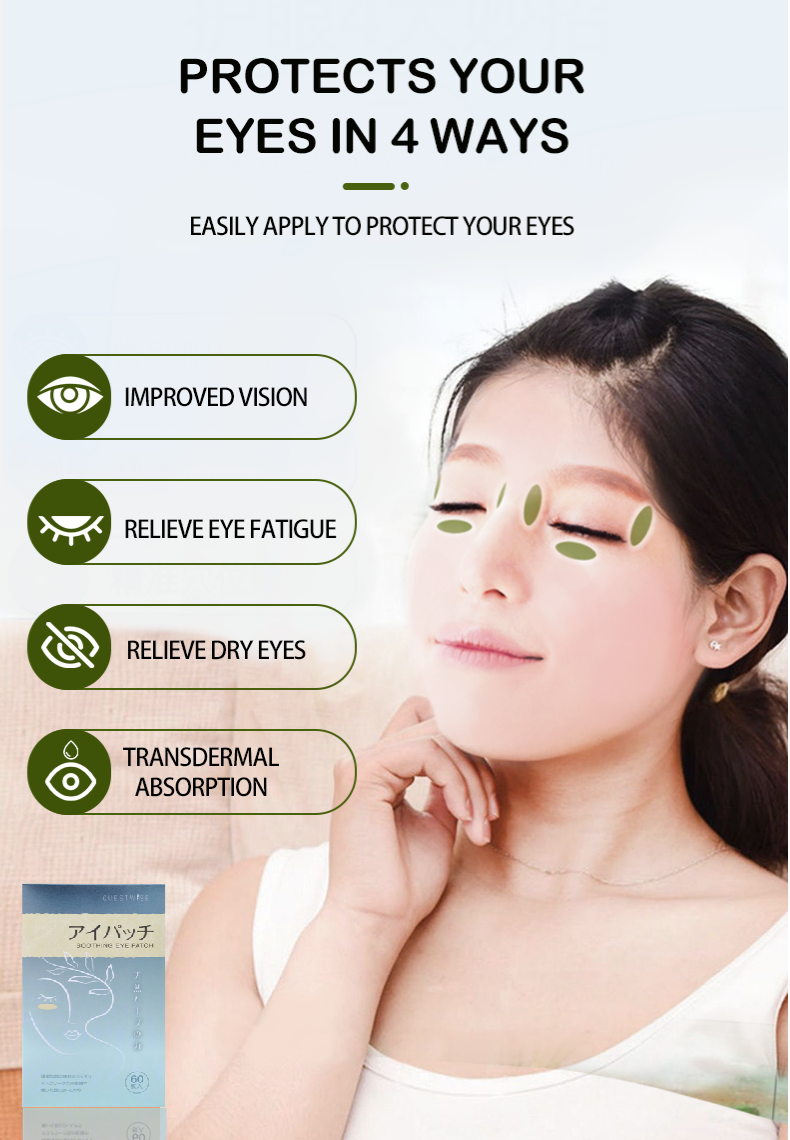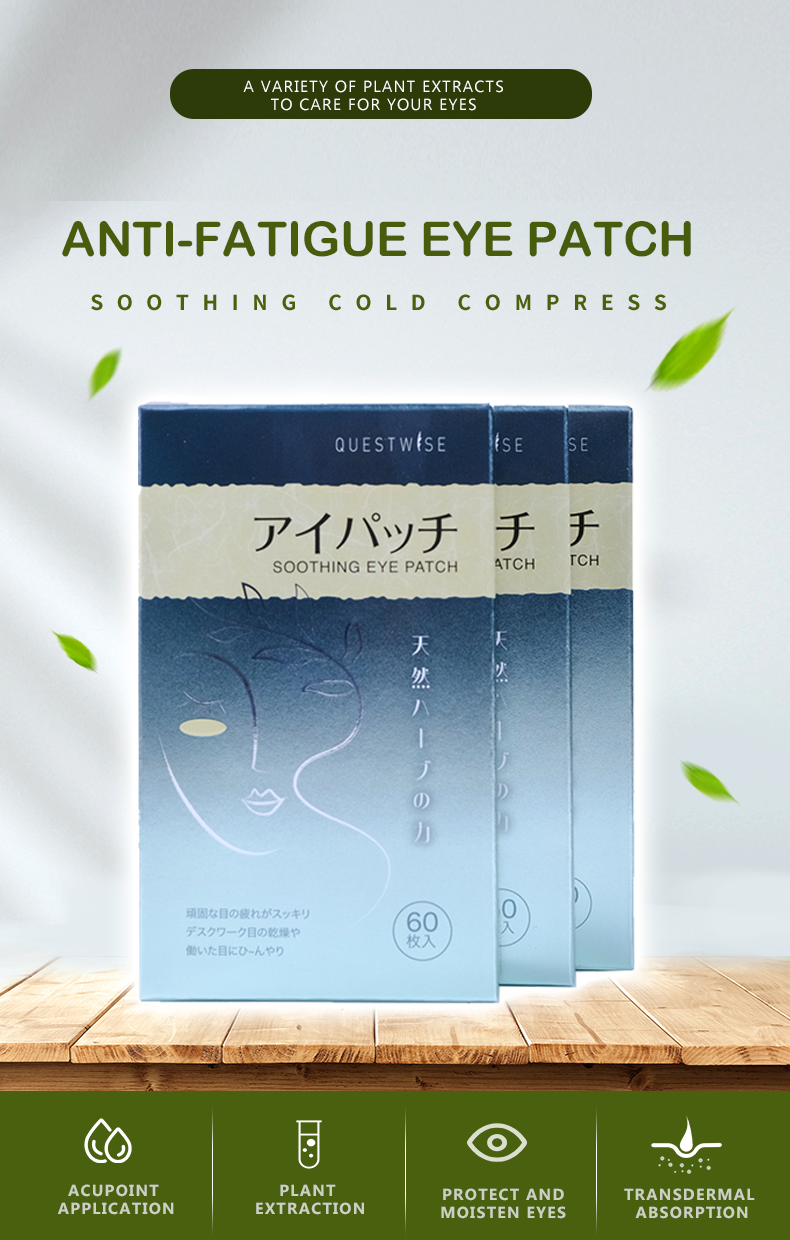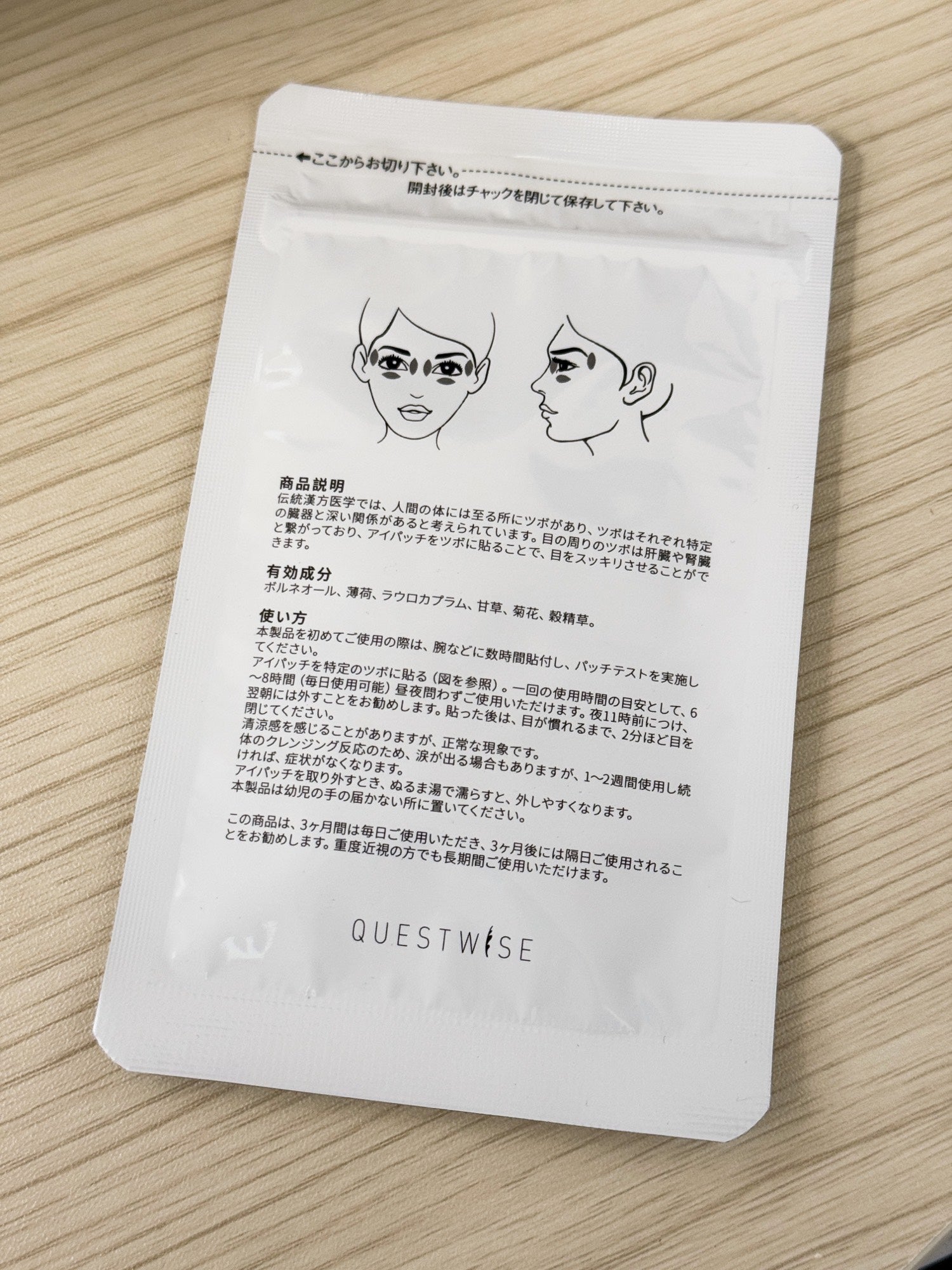It's a common story: You're scrolling through your phone, reading a book, or just looking up at a bright sky, and you notice a tiny, shadowy speck drift across your vision. It might look like a transparent worm, a small cobweb, or a few dots connected together. You try to look directly at it, but it seems to dart away. This phenomenon, known as eye floaters, was once considered a sign of aging. But now, more and more young adults are noticing them, and they're wondering why.
This blog post is for anyone who has experienced this and felt a little bit of anxiety. We’re going to dive into what floaters are, why they seem to be affecting younger people more now, and when you should be concerned. We’ll also offer practical advice for protecting your eye health in the digital age.
What Exactly Are Eye Floaters?
To understand floaters, you have to know a little bit about the inside of your eye. The main cavity of your eyeball is filled with a gel-like substance called the vitreous humor. This substance is clear and transparent, allowing light to pass through it to your retina, the light-sensitive tissue at the back of your eye.
Over time, or due to other factors, tiny clumps or strands can form within this vitreous gel. These are the "floaters." What you're actually seeing isn't the clumps themselves, but the shadows they cast on your retina as they drift around. That's why they seem to move away when you try to look at them directly—the vitreous gel shifts with your eye movements, and so do the floaters.
While the name "floater" suggests they just drift aimlessly, they are actually suspended in the vitreous humor and move in response to your eye's movement. You might notice them more in bright environments, like looking at a computer screen with a white background or a bright blue sky, because the contrast makes their shadows more noticeable.
So, Why Are Young People Seeing Them?
For decades, floaters were seen as a normal part of the aging process. As we get older, the vitreous gel naturally starts to liquefy and shrink. This process, called a posterior vitreous detachment (PVD), causes the gel to pull away from the retina, and the collagen fibers within it can clump together, forming the floaters we see.
But if you’re in your 20s or 30s and are experiencing this, you're likely not going through the typical aging process. So what's going on? There are several factors at play, many of which are related to our modern lifestyles.
1. The Screen Effect: Digital Eye Strain and Myopia
The most significant factor is the increased use of digital devices. We live our lives staring at screens—smartphones, laptops, tablets, and monitors. This constant, close-up work can have a profound impact on our vision, and not just in the short term.
One of the major consequences of prolonged screen time is an increase in myopia, or nearsightedness. Myopia is a condition where the eyeball is elongated from front to back. This elongation can cause the vitreous gel to stretch and compress, accelerating the process of liquefaction and causing floaters to form earlier in life.
When we focus on something up close for hours on end, our eye muscles are in a state of constant tension. This isn't what our eyes were designed for. Historically, our ancestors' eyes were adapted for looking at distant horizons and objects. The constant near-focus demands of modern life put incredible strain on our visual system, and this can contribute to the vitreous changes that lead to floaters.
2. Genetic Predisposition
While environmental factors like screen time play a huge role, genetics can also make some people more susceptible to developing floaters. If your parents or other close family members developed myopia or had floaters at a young age, you might be more prone to them as well. The structure of your eye and the composition of your vitreous gel are partly inherited, so some individuals may have a vitreous that is naturally more prone to clumping.
3. Injury or Trauma
A blow to the eye or head, even if it seems minor, can shake up the vitreous gel and cause floaters to appear. While many people don't recall a specific incident, a sudden jolt or minor trauma could be the cause. In some cases, floaters can also be a side effect of eye surgery.
4. Inflammation
Inflammation in the eye, known as uveitis, can cause debris to form in the vitreous, leading to floaters. Uveitis can be caused by infections, autoimmune diseases, or other underlying health conditions. If your floaters are accompanied by redness, pain, or light sensitivity, it's important to see an eye doctor to rule out inflammation.
When Are Floaters a Warning Sign?
For most people, floaters are a harmless nuisance. They might be annoying, but they don't threaten your vision. However, there are times when they can signal a more serious underlying problem. You should seek immediate medical attention if you experience any of the following:
-
A sudden increase in the number of floaters. If you suddenly see a shower of new floaters, like a cloud of pepper flakes, this could be a sign of a retinal tear or detachment.
-
Flashes of light in your vision. This is often described as seeing tiny flashes, like a camera flash in your peripheral vision. It's a classic symptom of a vitreous detachment pulling on the retina. If the pulling is strong enough, it can tear the retina.
-
A dark curtain or shadow blocking part of your vision. This is a red flag for a retinal detachment, where the retina has pulled away from the back of the eye. This is a medical emergency and requires immediate treatment to prevent permanent vision loss.
-
Floaters accompanied by pain, redness, or decreased vision. As mentioned earlier, this could be a sign of eye inflammation or infection.
It is critical to remember that retinal tears and detachments are sight-threatening conditions. Catching them early is the key to a positive outcome. Do not ignore these symptoms.
Protecting Your Eyes in the Digital Age
While you can't completely prevent floaters, you can take proactive steps to protect your vision and reduce your risk. These aren't just for preventing floaters; they are good for your overall eye health.
-
The 20-20-20 Rule: For every 20 minutes you spend looking at a screen, look at something at least 20 feet away for at least 20 seconds. This gives your eye muscles a break and helps them reset.
-
Maintain a Healthy Lifestyle: A balanced diet rich in antioxidants and omega-3 fatty acids is great for your eyes. Think leafy greens, colorful fruits, and fatty fish. Staying hydrated is also important for the overall health of your body, including the vitreous gel in your eyes.
-
Wear Sunglasses: Protecting your eyes from harmful UV rays is always a good idea. Excessive sun exposure can contribute to certain eye conditions.
-
Regular Eye Exams: Even if your vision seems fine, getting a comprehensive dilated eye exam once a year is crucial. An eye doctor can spot early signs of problems, including retinal issues, and monitor the health of your vitreous and retina. They can also provide a baseline to compare against in the future.
-
Adjust Your Environment: Make sure your workspace is well-lit and your screen is positioned correctly. Reduce glare by adjusting your monitor or using an anti-glare screen protector.
Seeing a few floaters can be unsettling, especially when you’re young and healthy. But by understanding what they are and when to be concerned, you can manage any anxiety and take charge of your eye health. Remember, your eyes are your windows to the world—take good care of them.
Frequently Asked Questions (FAQs)
Q1: Can I get rid of floaters?
A: For most people, the answer is no. Once floaters form, they are usually a permanent part of your vision. Most people find that they eventually get used to them, and their brain learns to ignore them over time. The floaters may settle to the bottom of your eye's field of vision, making them less noticeable. In very rare cases where floaters significantly impair vision, procedures like a vitrectomy (surgically removing the vitreous) or laser treatment can be considered, but these are typically a last resort due to their risks.
Q2: Does wearing glasses or contact lenses make floaters worse?
A: No, wearing prescription glasses or contact lenses does not cause or worsen floaters. They correct the focus of light entering your eye but do not affect the vitreous humor. In fact, if you are nearsighted, wearing your correct prescription can help reduce eye strain, which may indirectly benefit your overall eye health.
Q3: Is there a natural remedy or supplement to prevent floaters?
A: Unfortunately, there is no scientifically proven natural remedy or supplement that can prevent or cure floaters. While a healthy diet rich in vitamins and antioxidants is beneficial for general eye health, it cannot reverse the formation of floaters. Be cautious of any products that make unproven claims to "dissolve" or "eliminate" floaters.
Q4: I have floaters but no flashes of light. Should I still be worried?
A: If you only have floaters and no other symptoms like flashes of light, a sudden increase in their number, or a loss of vision, it is likely that they are benign. However, it's still a good idea to mention them during your next comprehensive eye exam. An eye doctor can perform a thorough check to ensure everything is okay. Flashes of light are a key symptom of retinal traction, so their absence is reassuring, but not a guarantee that there is no issue.
Q5: Is it possible for floaters to go away on their own?
A: While the floaters themselves don't disappear, they can become less noticeable over time. They might settle at the bottom of your eye's vitreous cavity, falling out of your central line of sight. Your brain also plays a significant role in "neuroadaptation," learning to filter out the distraction of the floaters. So, while the floaters are still there, your perception of them can diminish significantly.



